How Do I Get Fit for The Upper Mustang Trek?
If you live anywhere else other than the Himalayas, it will be hard to get your legs ready for higher altitudes. After all, it doesn’t get much higher than Nepal. This is why we have to be clear upfront: Unless you have hiked at a higher altitude before, it will be difficult to get a 100% ready for your adventure. If that sounds bad to you, then comfort yourself with the fact that there is absolutely no need to be 100% ready.
Upper Mustang Trek Views
You are not climbing Peak or Mount Everest and not running a mountain race. This is trekking. In fact, you are actually supposed to take it easy. Taking it easy is a rule of thumb when you want to prevent altitude sickness while out in Nepal. It doesn’t matter how fit you are, once you are out there on the trails, you have to stick to your own pace. But of course, the fitter you are, the more you can enjoy your days. Get fit!
Should I Hike More?
One solid approach to get the hang of what you do is to rehearse. The best practice for climbing is climbing. Seeing that you are keen on a multi-day trekking experience, we accept that you enjoy walking. Awesome, do it more. If you are fortunate to be encompassed by some hills or even mountains, the time has come to see them all the more frequently. When? In the event that you are new to this, we recommend beginning a half year the start of your trek, essentially going for 60 minutes (or two) climb seven days. When you get the hang of it, after around three weeks, you will have an ideal opportunity to reinforce your power. Convey a pack of 10 to 15kg and include a more drawn out climb of three hours to your week. On the off chance that this way of life is different to you, you will before long receive the rewards of this moderate exercise.
What Are the Health Benefits of Trekking in the Upper Mustang?
Some of the health benefits of trekking and hiking include a lower risk of heart disease, improved blood pressure and sugar levels and of course it helps to control your weight. Once you are ready for the hills, it only gets better. According to Gregory Miller, president of the American Hiking Society,” a 5% to 10% incline equals a 30% to 40% increase in calorie burn.” Our personal health benefits are a clearer mind and an elevated mood. Trekking keeps us sane. After a good few months of solid hiking, it is time to put your endurance to the test. Do back to back long hikes. You can simulate a few days of constant trekking by going hiking for a few days. Easy at that. Plan a smaller trekking holiday or keep it simple by hiking your favorite route on repeat. If you are comfortable hiking for 4 hours a day, 3 days in a row while carrying a 10kg to 15kg backpack, you will be fine.
There is more you can do to get ready for the Upper Mustang Trek but the above basics will definitely help you on your way. You can focus on strength exercise; you can simulate altitude with altitude masks. There’s a lot you can do. Check this blog post if you want to read more about getting fit for your Upper Mustang experience.
What About AMS in the Upper Mustang?
Symptoms of AMS start to show within a few hours after arrival at high altitude and include nausea, shortness of breath, headache and inability to exercise. An overall feeling of fatigue will take all the joy away that you were experiencing until things got bad. You may struggle to fall asleep, experience dizziness and you could be suffering from a severe headache. You may also lose your sense of coordination, have trouble walking and have a tight chest. If things progress to HAPE or HACE, you might get confused, have a shortness of breath at rest and you will likely be unable to walk at all. AMS is not only restricted to the treks to the Everest Base Camp or to the highest peaks.
The higher the altitude, the more severe your symptoms can be. If you have watched Everest the movie, you know what we are talking about. But those guys were climbing and you are, fortunately, only trekking. There is a number of scoring systems for determining altitude sickness. Guides are trained in these systems and are experienced in immediate treatment. Although many people will experience some symptoms of altitude sickness, it doesn’t have to escalate. When aware of the symptoms, you can do a lot to make sure you stay healthy at high altitude. Read more about the prevention of AMS here.
Your guide knows how to diagnose and will help prevent AMS. Choose a reliable trekking company for the Upper Mustang Trek here.
What Type of Accommodation Can I Expect While Trekking in the Upper Mustang?
When you are planning to go trekking or hiking in the Upper Mustang, you can expect to stay in a decent hotel in Pokhara and you are likely to stay in teahouses along the trek. Regardless of where you stay in Nepal, do not expect a luxury show. Accommodation is relatively basic but is perfect for those who are resting their legs from hiking and trekking. Down below you can read more about staying in teahouses.
I Read There Are Teahouses in the Upper Mustang. What are they?
Tea houses are small hotels known as Bhatti. Them being small hotels, you can expect a certain level of comfort. Yes, you can, but just know that comfort is a relative concept. They are comfortable to the extent that you have a place to sleep and that you can enjoy home-cooked meals. That’s right, tea houses are run by local families who have opened their houses to trekkers passing by. In the Upper Mustang, you can find a lot of teahouses these days. These can be a bit smaller and more basic than in some more popular trekking regions as they are harder to supply. Read more about staying in teahouses here.
Trekking companies book your accommodation for you. Find your perfect trekking company here.
Where do I book my Upper Mustang Trek Package?
The great thing about the internet is that you can find anything anywhere. The same goes for hiking and trekking providers. However, since there is so much on offer, it can be overwhelming to find a trekking operator of your liking. That is why Bookatrekking.com does the selection for you.
We only join hands with the best hiking and trekking providers we can trust. You can rest assured that the trekking operators on Bookatrekking.com are reliable. If you want to browse our best offers for the Upper Mustang, take a look here. Go here if you want to check out other options in Nepal.
Do I need a permit for the Upper Mustang Trek?
For the Upper Mustang Trek you need two kinds of permits. All permits are arranged by your trekking provider.
ACAP (Annapurna Conservation Area Permit):
As you will be entering the Annapurna Conservation Area, you will need a permit which costs USD 20 per person for a single entry into the area but is valid for as long as the trek takes. This permit is also required for the Annapurna Circuit and the ABC trek.
Annapurna Conservation Area Permit RAP (Restricted Area Permit) There is no restriction on the length of time a person can stay in the ACAP area. In addition, if someone is going into Upper Mustang (from Kagbeni onwards) they require a RAP (Restricted Area Permit).
This costs USD 500 per person for 10 days. If longer is required, an additional USD 50 per day is charged. There is no TIMS (Trekkers Information Management System card) required for the Upper Mustang Trek as the Restricted Area Permit(RAP) is sufficient as it provides details of the trekker and his/her destination in case of an emergency or problem.
Best Season in Upper Mustang Trek
Upper Mustang lies in the rain shadow of the Himalaya, making it a great monsoon trek and open year-round for trekking. The main consideration is the winter, when most residents leave the capital to avoid the cold and snow. Generally, the best time to visit Upper Mustang is from March to early November.
Are There Hot Showers on this Trek?
Yes, hot showers are available, but you might be asked to pay for them. Why? Gas canisters are brought in from nearby cities and carried to teahouses in Upper Mustang. That is an expensive journey. You will be expected to pay around $1 to $2 per shower, depending on the height of your lodge. We recommend you conserve energy (and your money) and don’t shower too often. And the effort to take off and put on clothes might be too much in the cooler weather. In Jomson and Kagbeni, you may have an attached bathroom with piped hot water. This will depend on the demand for rooms at the time of your travel.
Cost and the Booking Process for the Upper Mustang Trek
You can book your trek and other trips via our booking system, which will collect all the necessary information from you. You can pay the deposit or the full amount via credit card.
At the time of booking, we require a copy of your passport to book the domestic flight.
Do I Need a Porter for this Trek?
The cost of this trek does not include a porter. Should you require a porter, there is an extra charge of around USD 256 per porter. If you hire a porter, please be considerate. Porters cannot carry everyone’s pack! The weight limit they can carry is 15 kg. Or one porter for two clients.
These amazing people are used to walking at altitude and on these rough trails, so they walk faster than the average trekker. As they will head off ahead of you and reach the teahouse first, where they will deposit your bag, please ensure you carry what you need for the day with you.
Charging Your Equipment on the Trail
Many teahouses on this trek have electricity or solar-powered electricity. But as almost everyone carries some chargeable device these days, the teahouse owner will pass the cost to the visitor.
Generally, teahouses will charge you $2 to $3 for your phone or camera. This can become expensive as there are so many wonderful things to photograph. We recommend you carry a power bank or a small solar charger to avoid paying too much. There are some great solar chargers that clip onto your day pack.
Equipment List
Travel document: passport, visa, travel insurance, air tickets, voucher, and a passport-sized photo.
Hand Sanitizer
Reading/Writing materials
Binoculars
Travel games, like chess, backgammon, scrabble
First-aid kit (containing lip balm, aspirin/ paracetamol, Band-Aid, bandage for sprains, iodine or water purifier, Moleskin for blisters, antiseptic for cuts, anti-bacterial throat lozenge, anti-histamine, Imodium or similar tablets for diarrhoea, re-hydration powder, Norfloxacin or
Ciprofloxacin, antibiotic for
Giardia, Diamox and any extra
prescription drugs you are currently taking)
Protein bars, chocolate, dried fruit, candies, and snack foods
Money-Cash
Swiss Army Knife
Sleeping Bag
Lightweight towel
Swimsuit
Toiletries (quick-drying towel, toothbrush, toothpaste, multipurpose soap, deodorant, nail clipper, face, and body
moisturizer, feminine, hygiene
products, small mirror
Day pack (with waist straps)
Alarm clock and
torch/flashlight/headlamp
Lighter
Insect repellent
Earplugs and eye mask
Small padlock
Refillable water bottle
Sun hat Sunglasses, Scarf
Bag Liner
Sewing kit
Wind and waterproof shell jacket and trousers (preferably breathable fabric)
Running shoes or sandals
Comfortable walking shoes
Socks: thick wool blend and thin cotton to be worn in combination
Lightweight thermal gloves
Underwear and shorts
T-Shirt 2 Or 3
Long sleep shirt
(Special Checklist for summer)
Trekking/Hiking boots with spare laces
Lightweight long trousers (no jeans)
Special Checklist for winter and High Altitude:
- Layered clothing /Thermals and extra warm clothing during winter (December-March)
1 heavyweight or 2 lightweight wool jumper/sweater/fleece jacket
Fleece wind-stopper jacket (optional)
Down jacket or down vest
Fleece Or wool trousers/pants
Heavyweight gloves or mittens
wool or fleece with a waterproof shell outer
A four-season sleeping bag/sleep
sheet Thick, warm wool hiking socks
Gaiter (optional)
Special Checklist for summer
Lightweight wool
jumper/sweater/fleece
Umbrella/waterproof jacket and
trousers (May—September)
Sunscreen lotion with maximum SPF
Water bottle

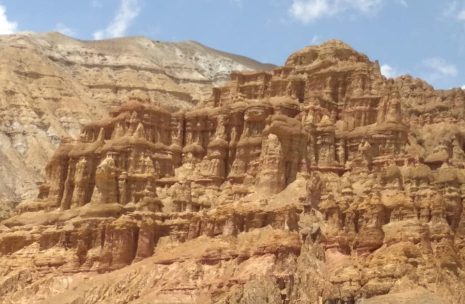

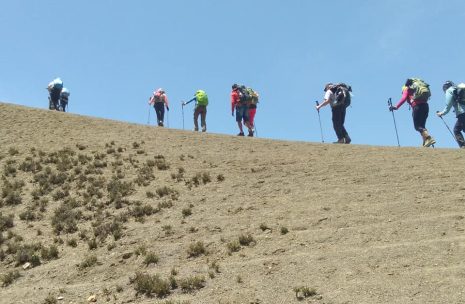
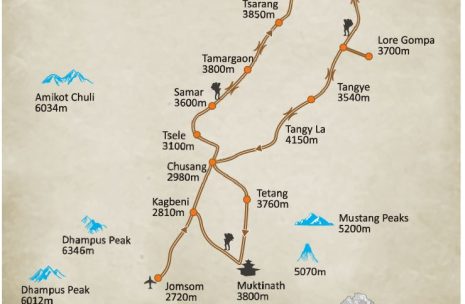

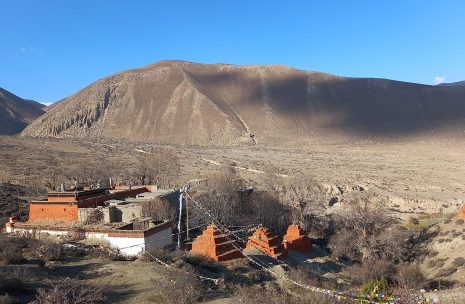

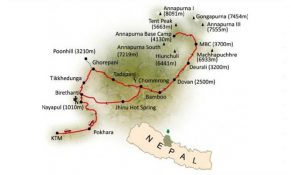
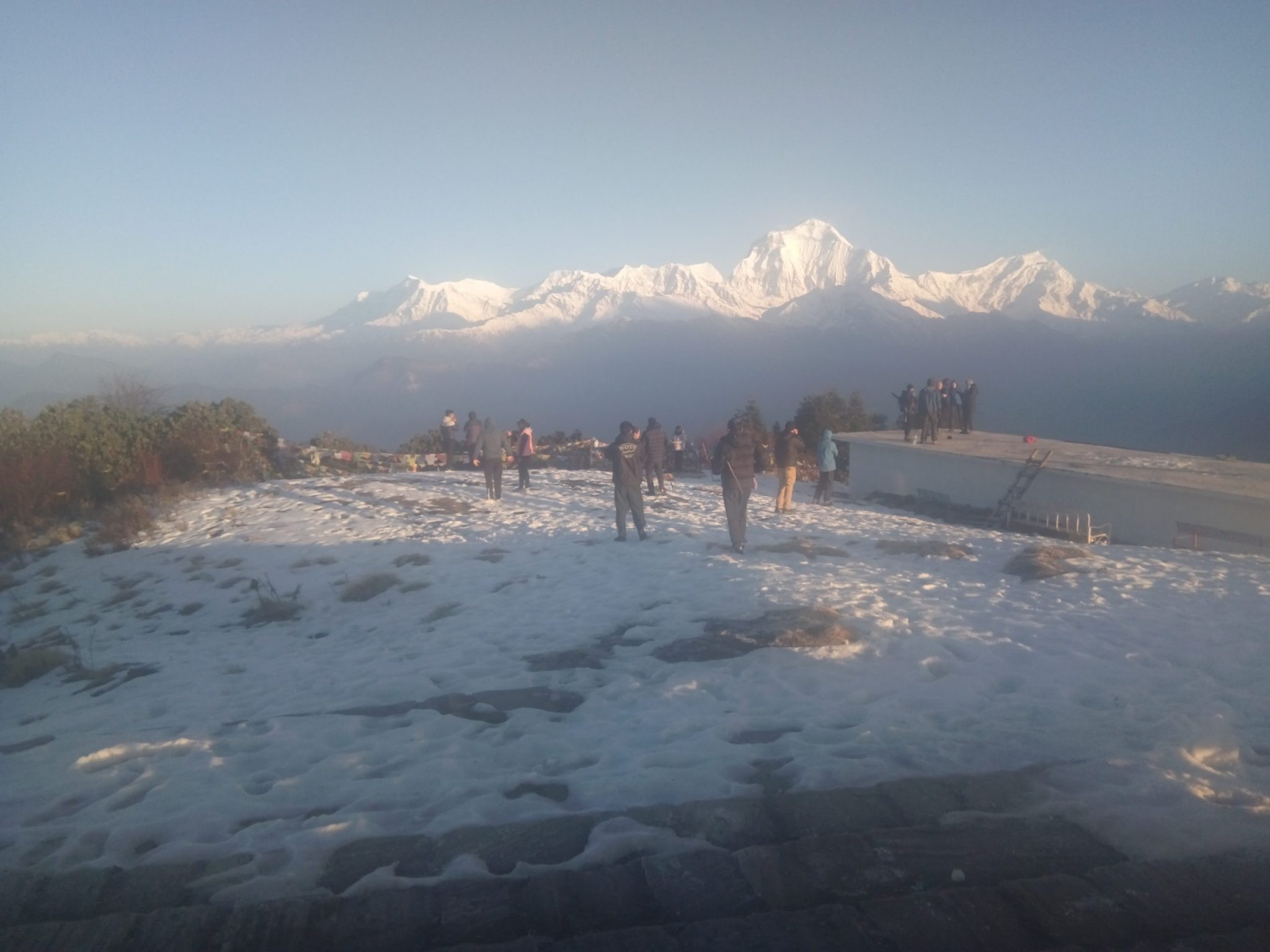 Ghorepani Poon Hill Trek 7 days
Ghorepani Poon Hill Trek 7 days
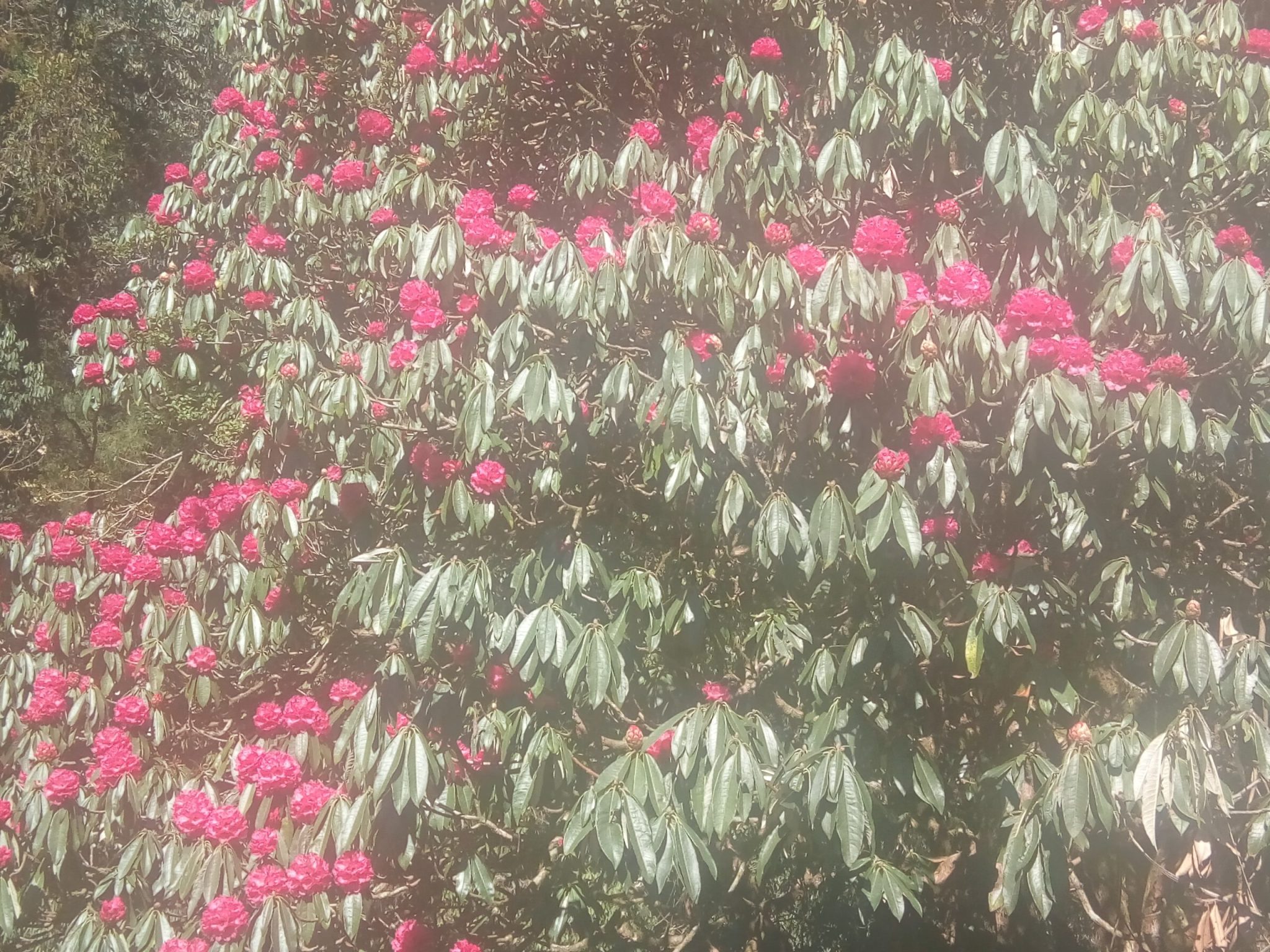 Ghorepani Poon Hill Trek – 4 Days
Ghorepani Poon Hill Trek – 4 Days
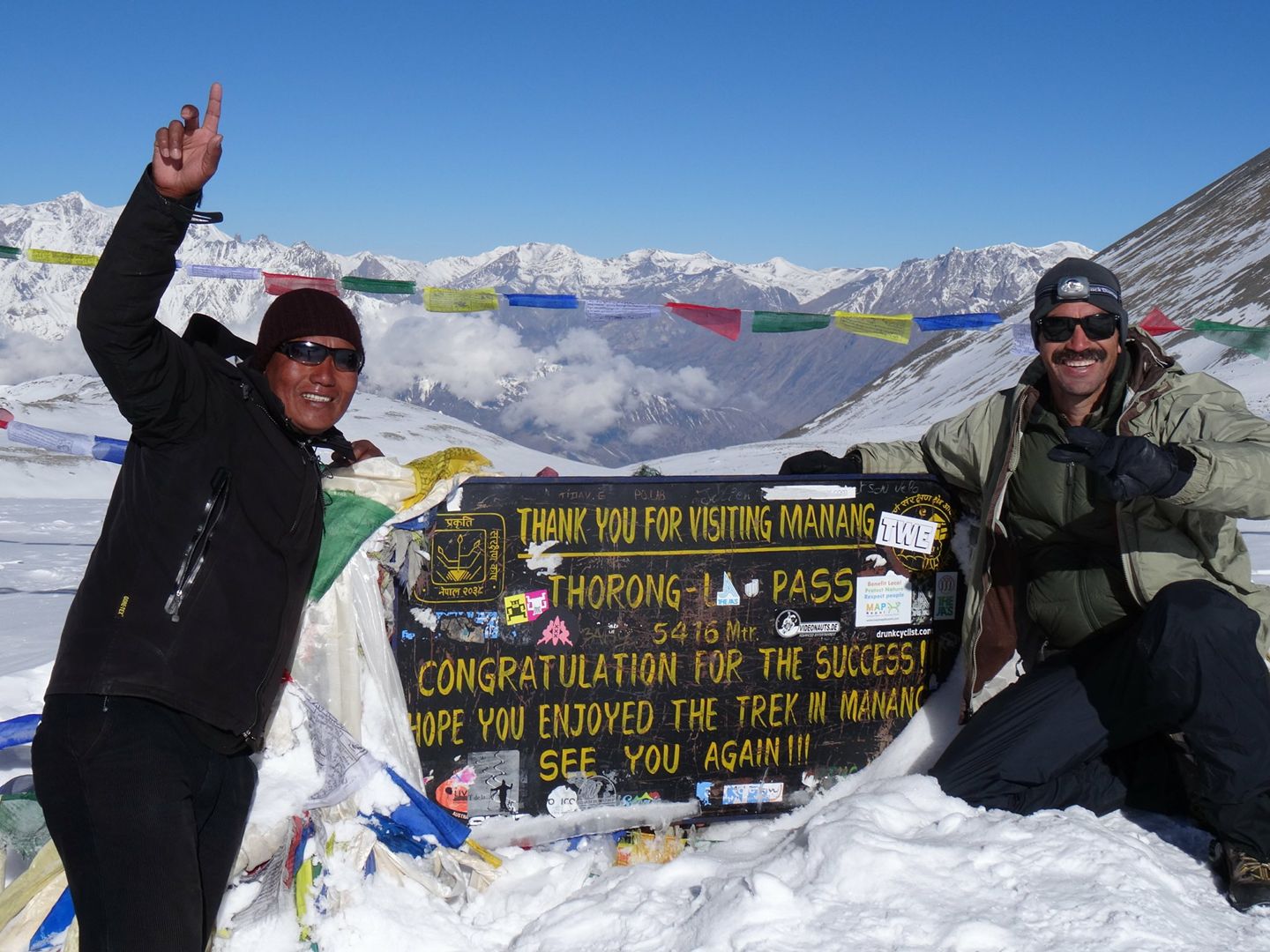 Annapurna Circuit Trek 12 days
Annapurna Circuit Trek 12 days
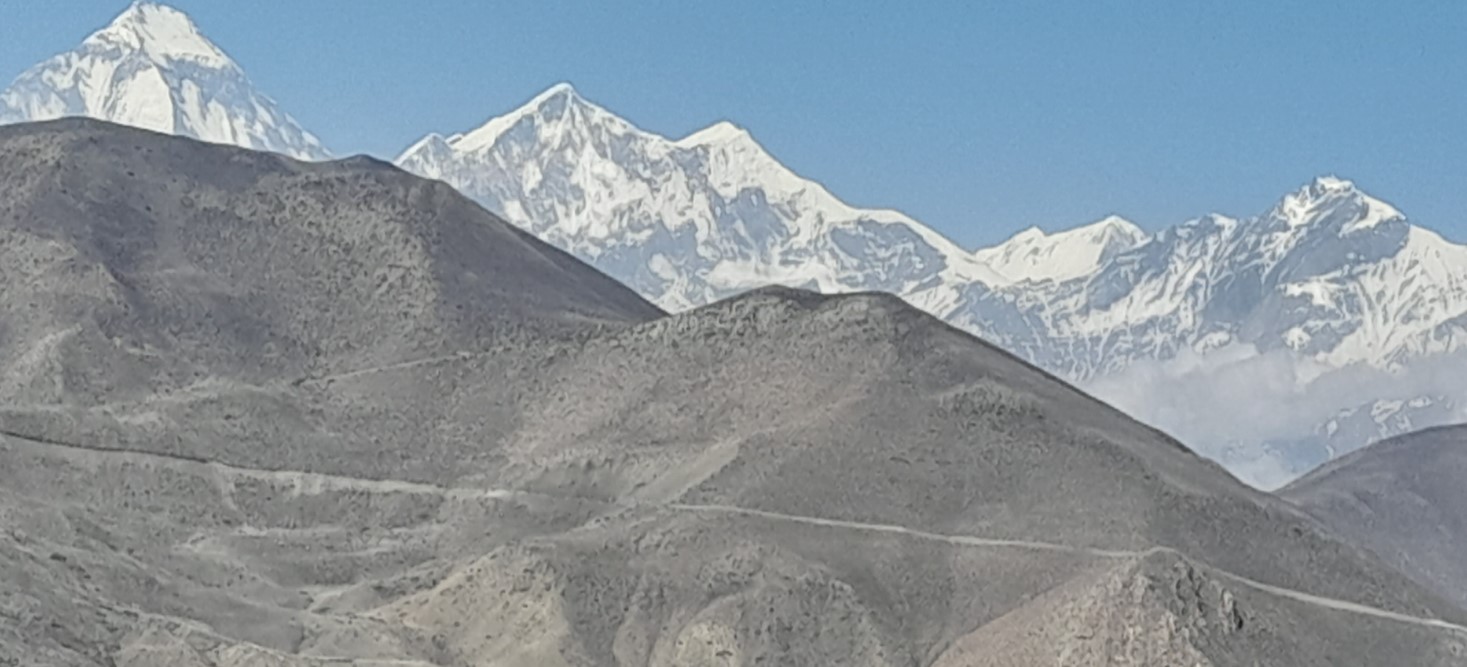 Jomsom Muktinath Trek – 6 days
Jomsom Muktinath Trek – 6 days
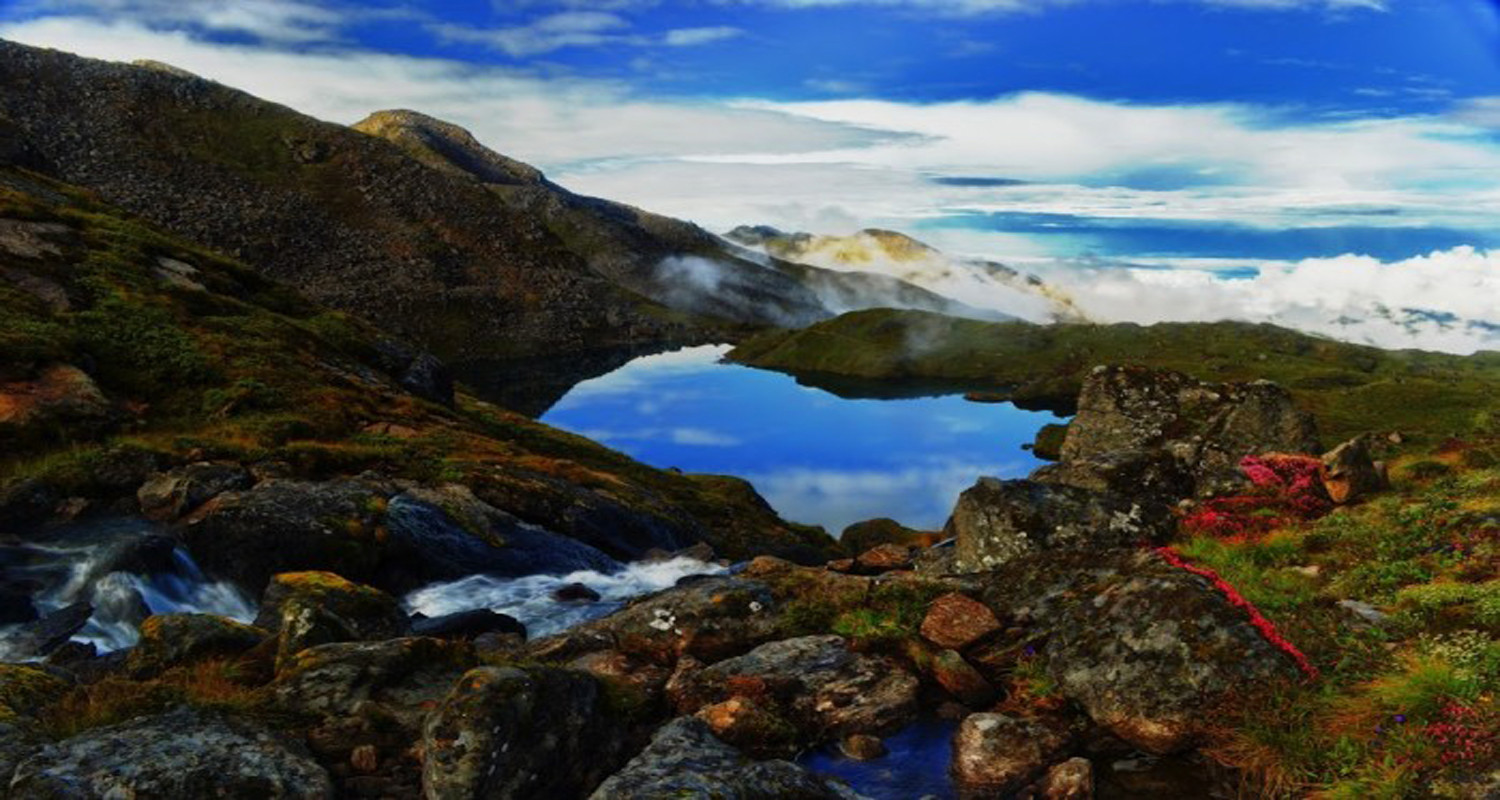 Bhairav Kunda Trek – 10 days
Bhairav Kunda Trek – 10 days
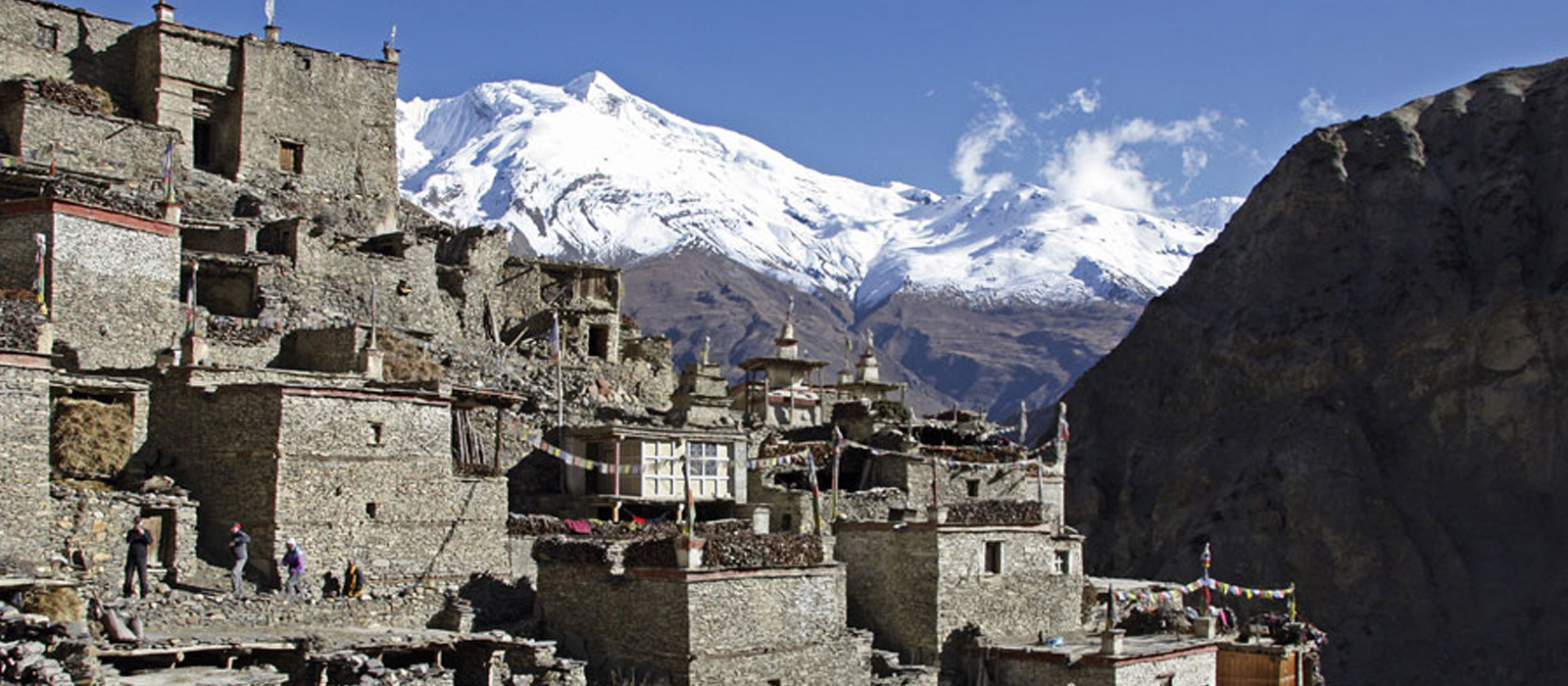 Nar Phu Valley with Annapurna Circuit Trek – 20 days
Nar Phu Valley with Annapurna Circuit Trek – 20 days
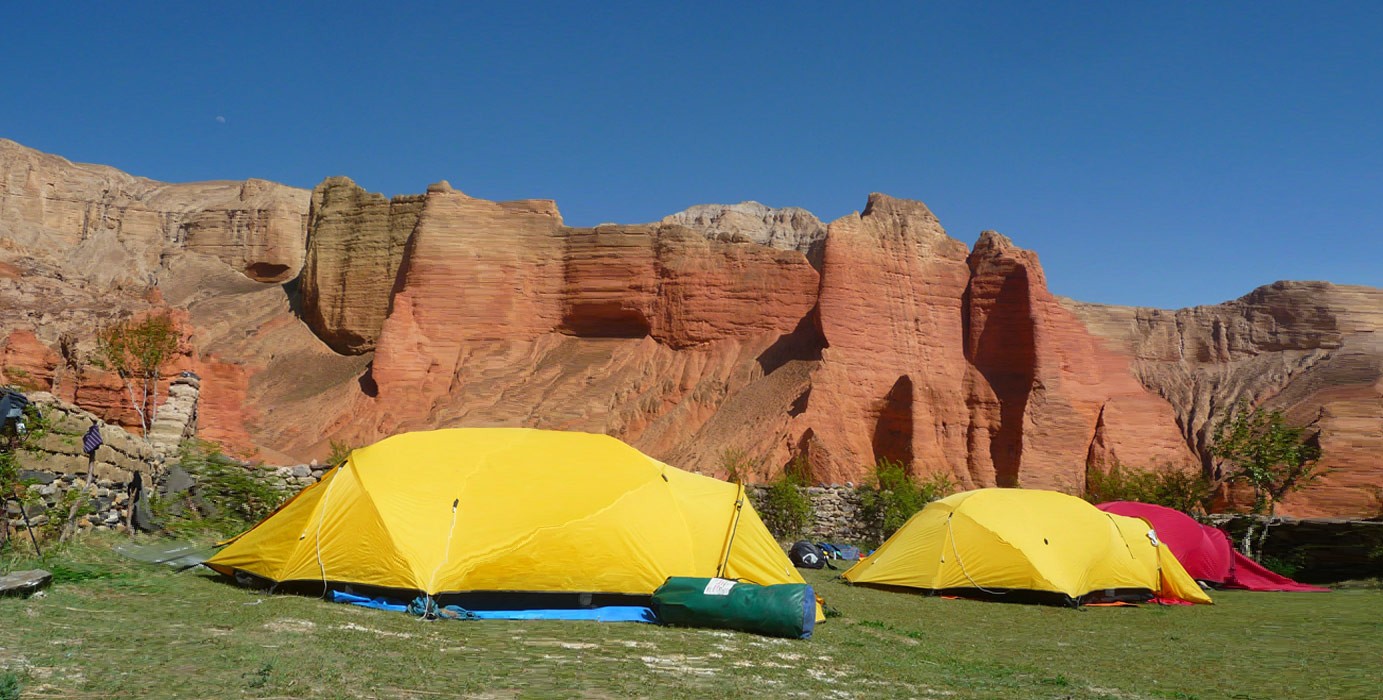 Mustang Camping Trek – 21 days
Mustang Camping Trek – 21 days
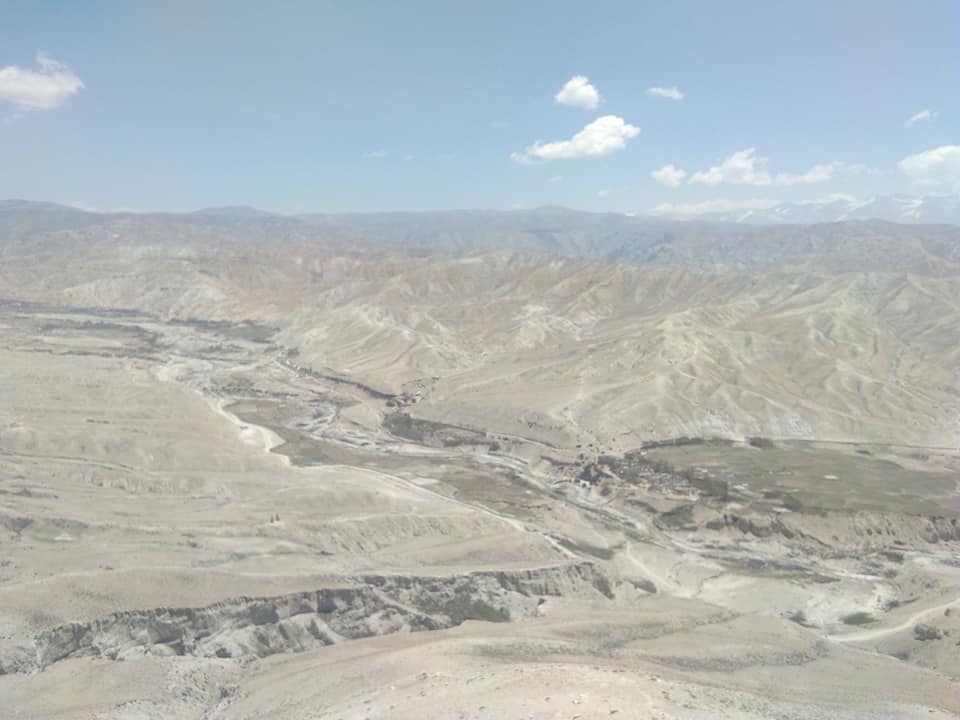 Mustang Trek with Tiji Festival – 23 days
Mustang Trek with Tiji Festival – 23 days
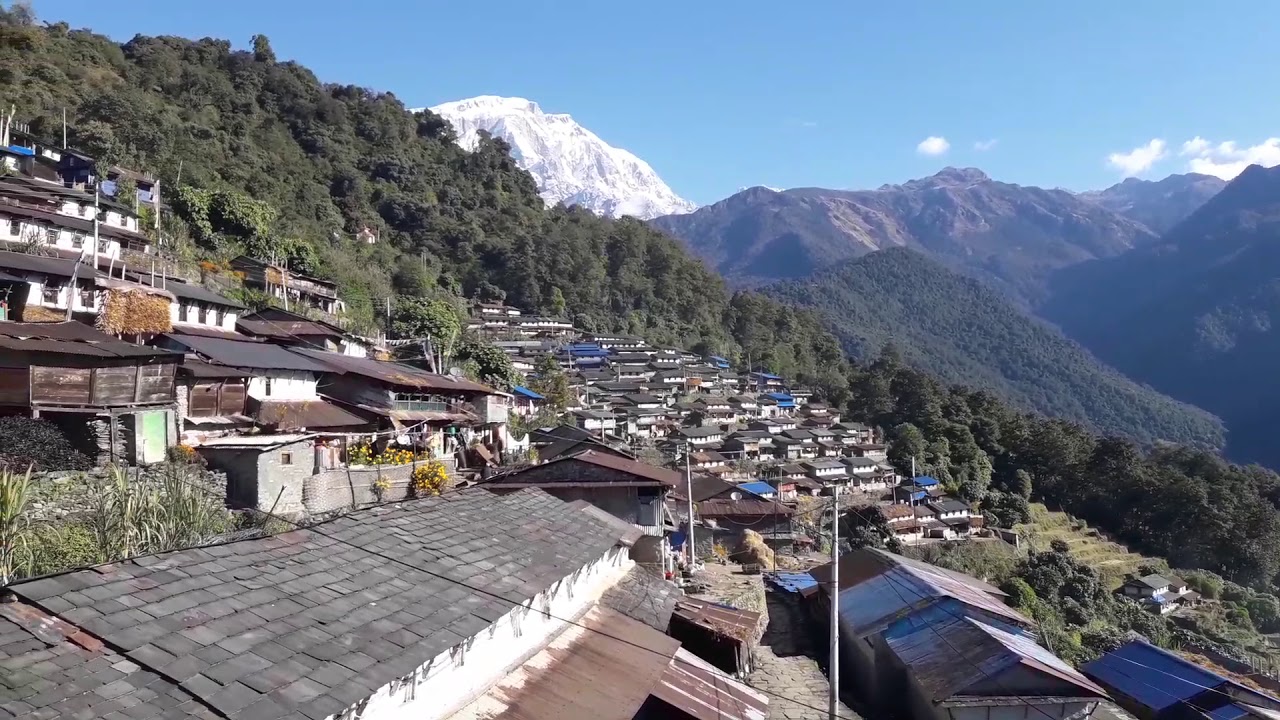 Sikles Village Trek – 9 days
Sikles Village Trek – 9 days
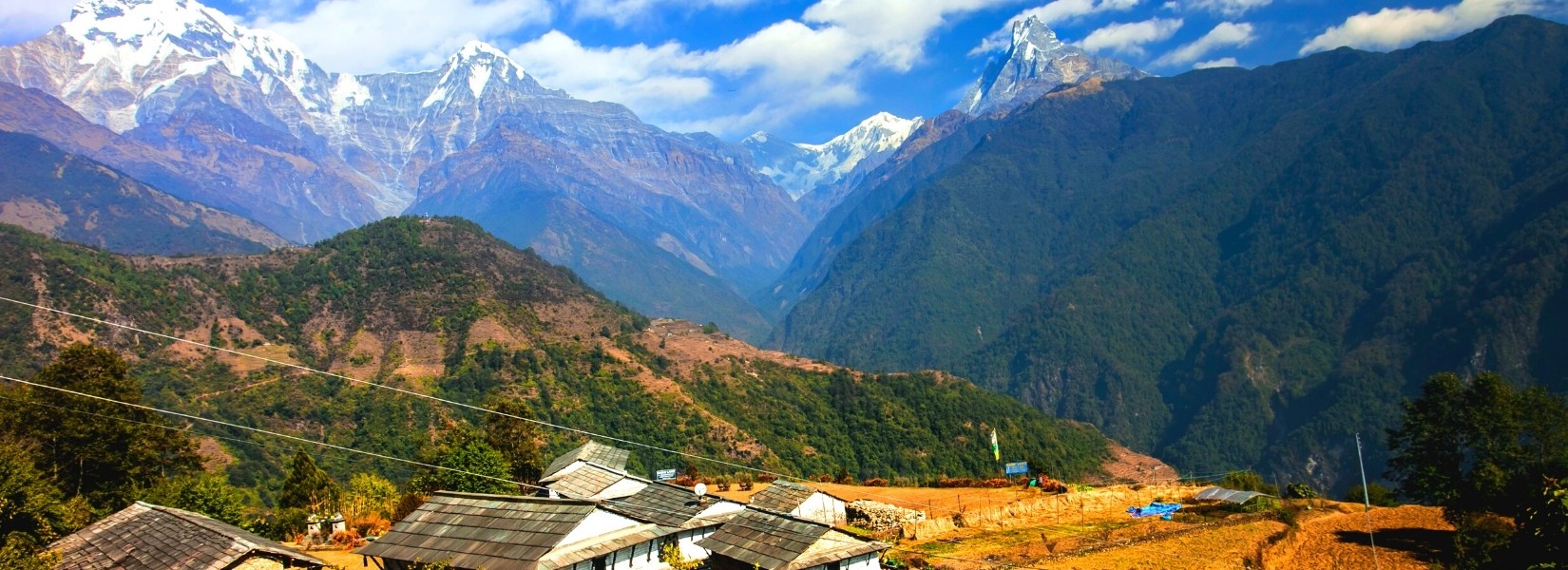 Royal Camping Trek – 4 days
Royal Camping Trek – 4 days
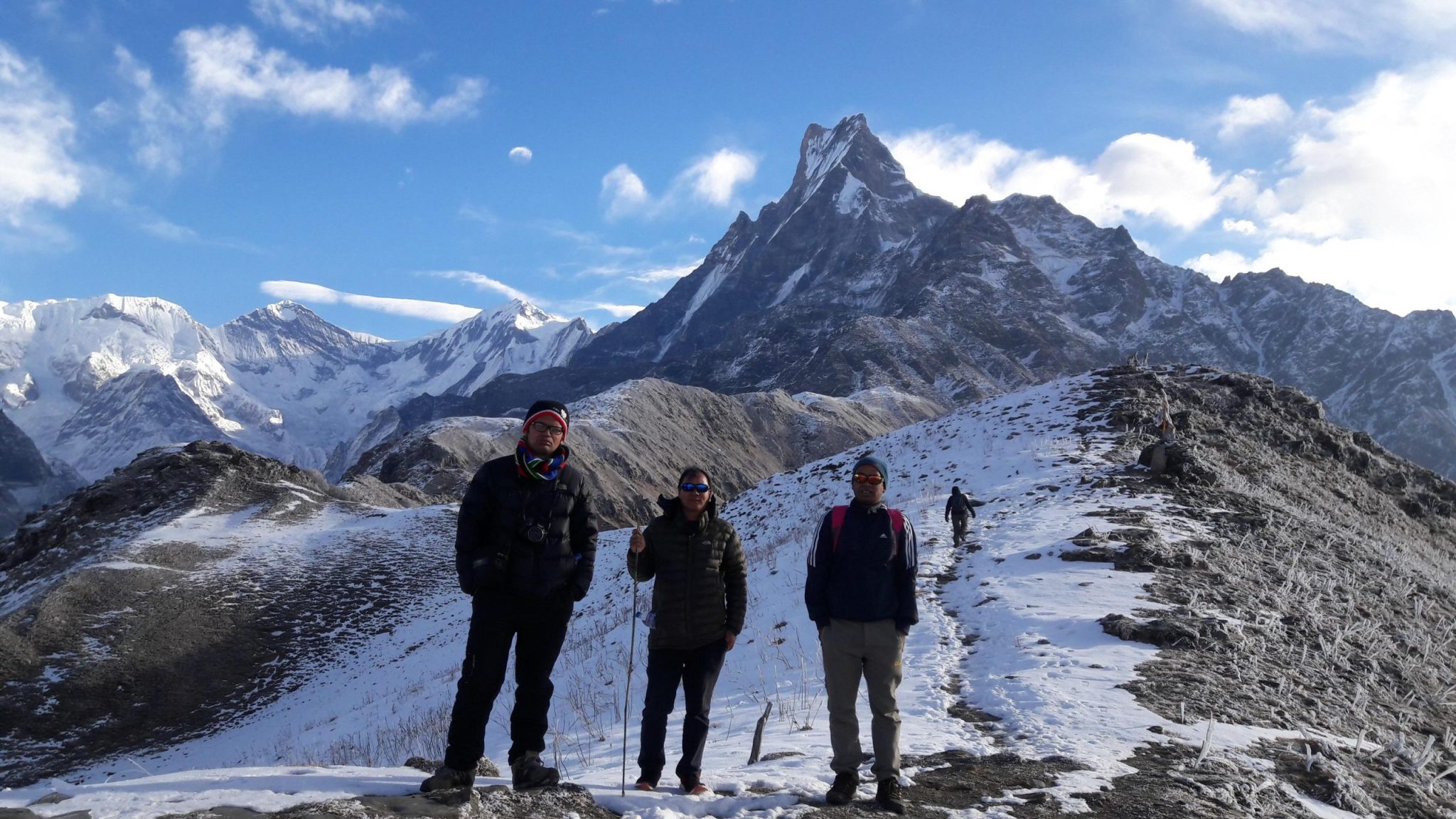 Mardi Hiimal Trek – 7 days
Mardi Hiimal Trek – 7 days
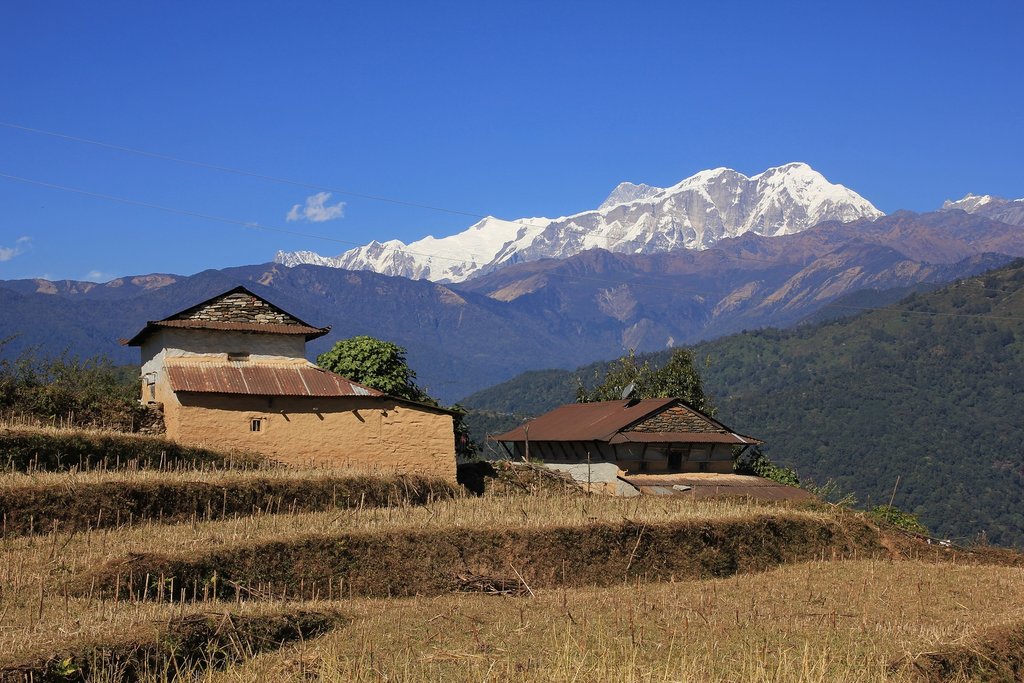 Panchase Trek – 13 days
Panchase Trek – 13 days
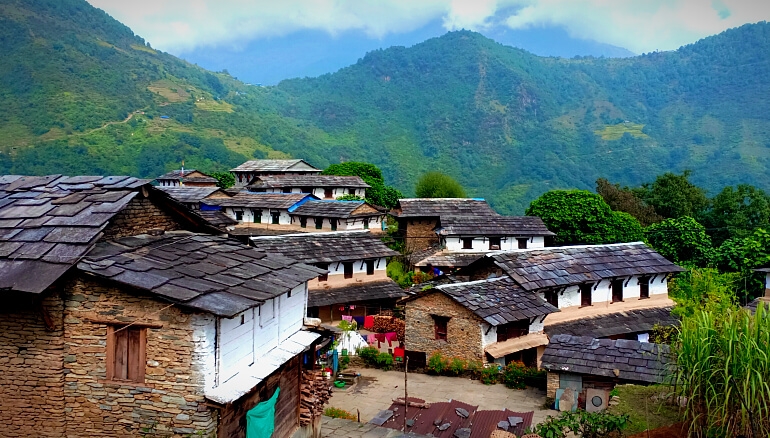 Ghandruk Village trek 8 days
Ghandruk Village trek 8 days
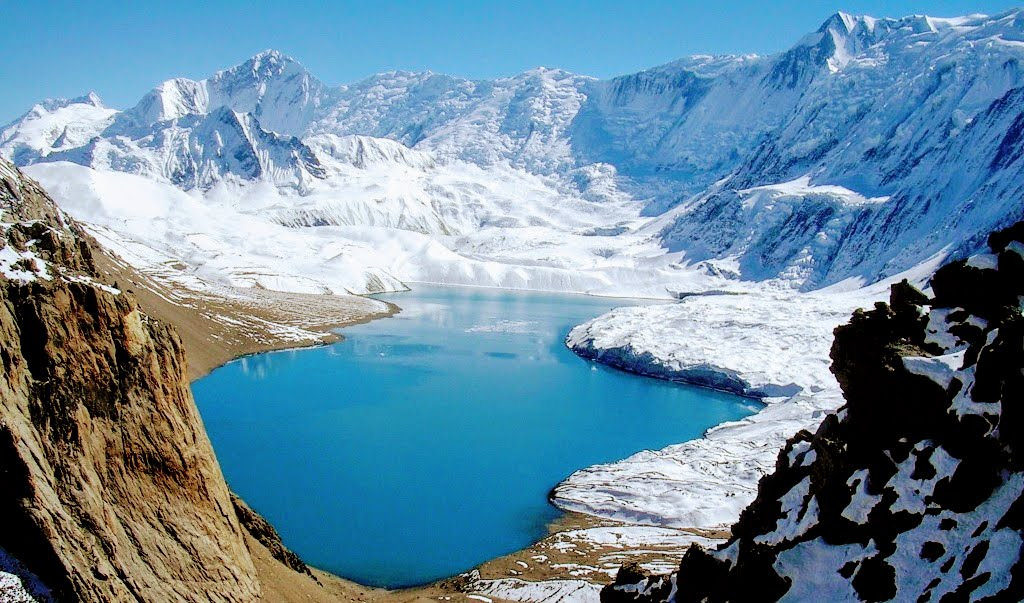 Tilicho Lake with Annapurna Circuit Trek 17 days
Tilicho Lake with Annapurna Circuit Trek 17 days
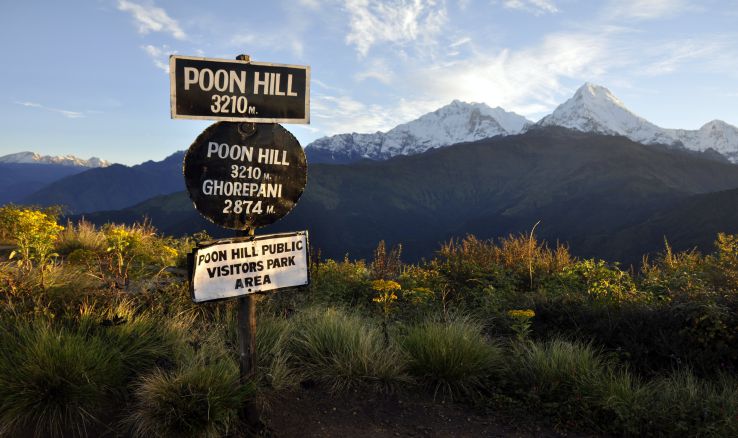 Ghorepani Poon Hill Trek – 12 days
Ghorepani Poon Hill Trek – 12 days
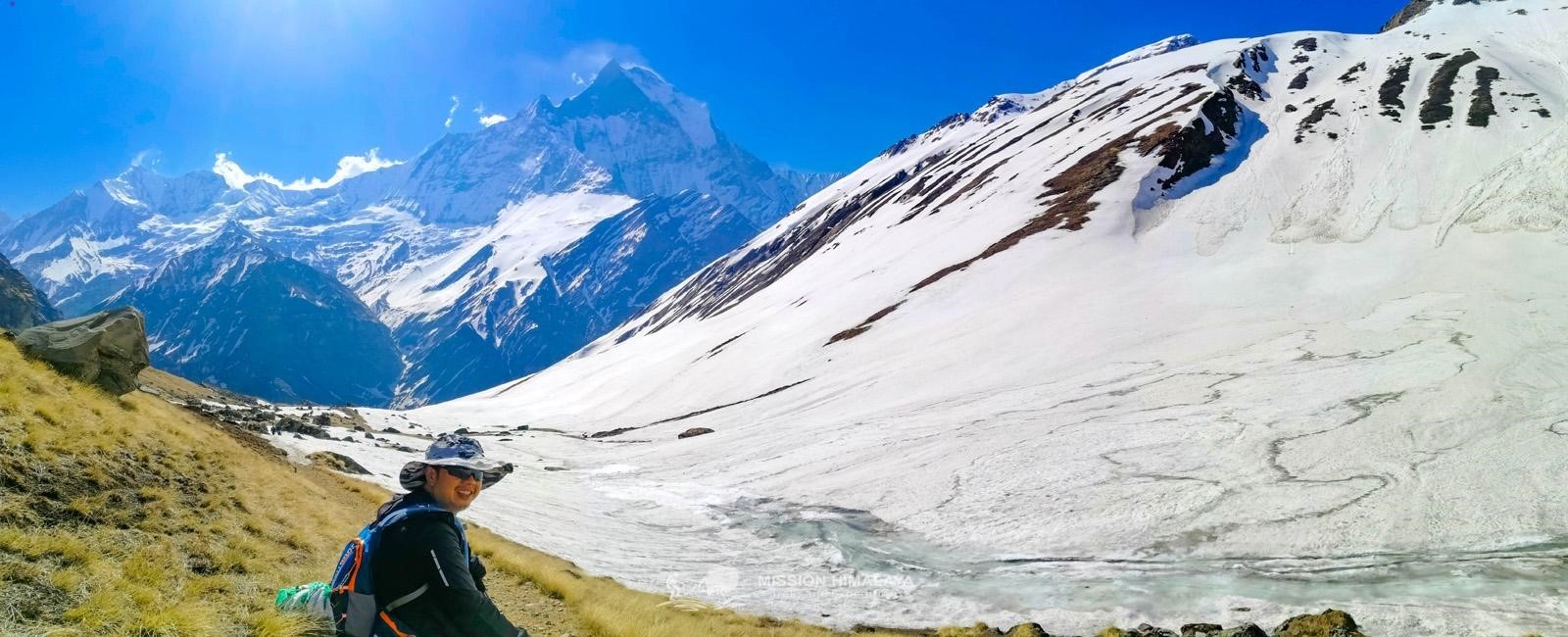 Annapurna Base Camp Trek – 16 days
Annapurna Base Camp Trek – 16 days
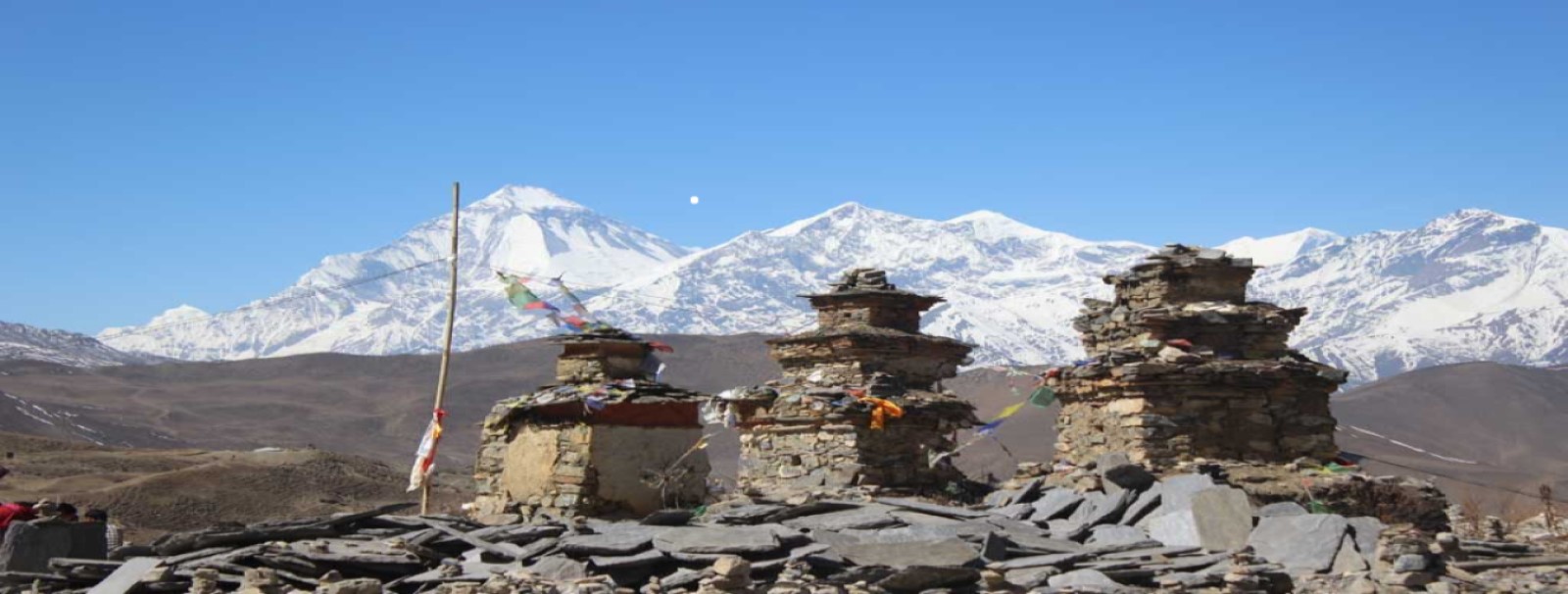 Jomsom and Muktinath Trek – 15 days
Jomsom and Muktinath Trek – 15 days
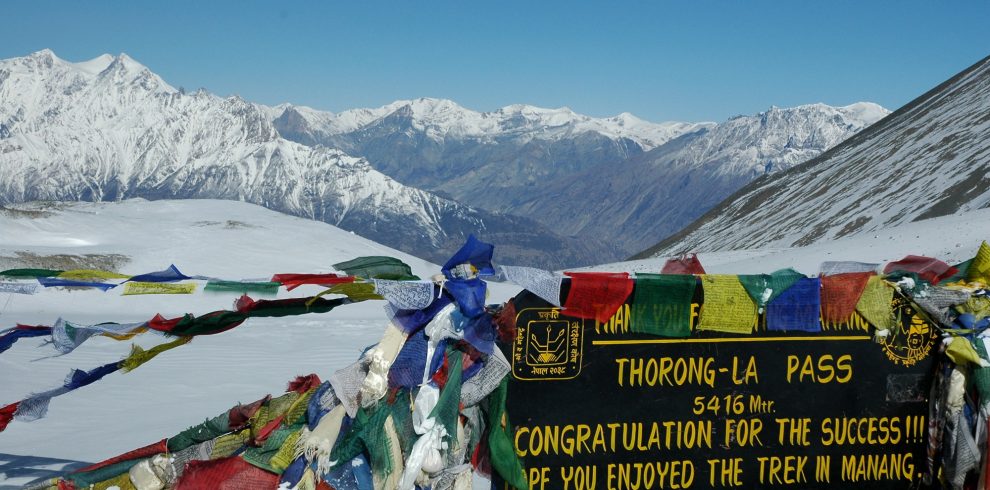 Annapurna Circuit Trek – 21 days
Annapurna Circuit Trek – 21 days
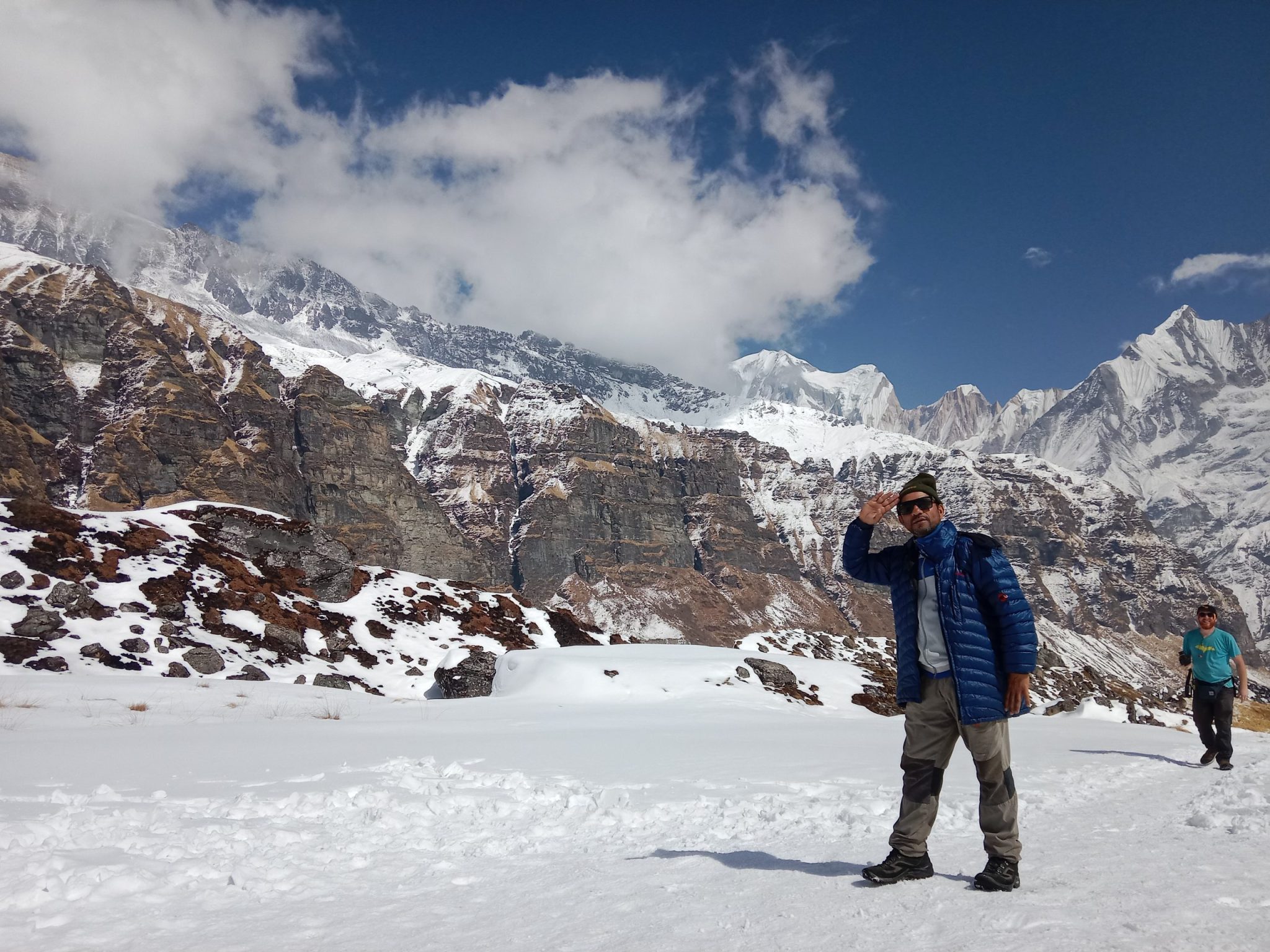 Annapurna Base Camp Trek 11 days
Annapurna Base Camp Trek 11 days



